1224 W Loyola Ave, Chicago IL
February 29, 2020 - March 21, 2020
The exhibition is dedicated to porous insistence, floral directness, unwieldy interdependence, and rocky resistance. In these vessels and material works, I'm feeling permeable. My shapes are both material and impermanent, like bodies, like earth, like the spaces within and between forms.

Care vessels for common water
glazed stoneware
Nurturance can be unwieldy, difficult, incomplete, impossible, visionary, outward, inward. The vessels render care visible. They are an orgy of care.
I drink because someone lifts water to me. I pour because someone needs to drink. When I give water to myself, there are unseen hands and resources supporting mine. My need for care and my ability to give it ebb and swell.
The responsibility of care is unequally distributed, and so is the right to receive care. People who give the most care and people who need the most care are marginalized because nurturance runs counter to capitalism. It is messy, counterproductive, and more distributive than accumulative.
Sometimes nurturance looks like kinship, sometimes it looks like labor. Giving and receiving care is as necessary and as complicated as water.
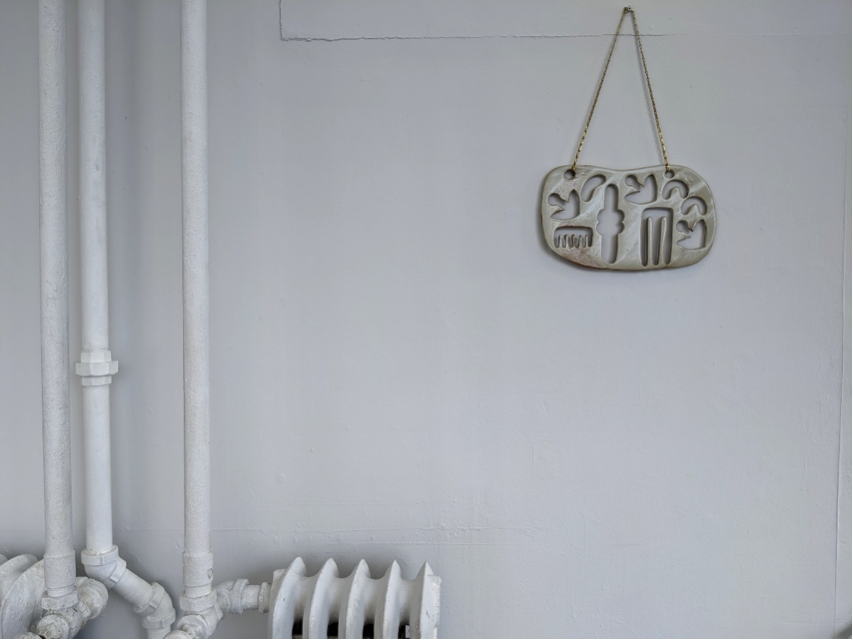
A floral directness
glazed stoneware
A screen for seeing through. Flowers are faces and genitals all at once. They make their desires known. They ask for what they need. Let's be flowers.

Giving and receiving gradient (transition dishes)
in collaboration with Gwyneth Zeleny Anderson
glazed porcelain, stoneware, and ochre clay
Pitcher becomes cup, cup becomes plate, plate becomes spoon, spoon becomes pitcher. Some parts are designated for moving the food around and others are places for holding. A spoon is for carrying from the holding place to the mouth. There may be more spilling than pouring (they are ecstatic and get in their own way). A pitcher is also the space between a cup and a spoon. The dishes are relational, not entirely themselves.

Dual grotto gourd bottle
glazed stoneware
A paired vessel, both singular and plural, joined in a passage of reciprocity. Two wide open bodies, constantly receptive, with a shared circulation system that is simultaneously open and closed.

Soft rock monuments
clay, black walnuts, charales, found assorted rocks, shellac, chalk, and materials from Lake Michigan including basalt, limestone, granite, mudstone, agate, vesicular basalt, jasper, gabbro, diorite, sandstone, slate, gneiss, concrete, clay brick, and iron slag
Each monument is an eroding form that is more like a body than an altar, a body being a collection of minerals and organisms in a general shape that is said to be mine.
My soft rock monuments are dedicated to the living memory of another world, memory being the place where I store a collection of possibilities. The fragments of what I have sensed, known, and absorbed are materials outside of time that can be held for remembrance or reconstructed into something wanted and not yet formed. Some of the monuments give shape to loss, fear, and destruction, mine and ours. Others materialize transformation for our collective future. The hard parts press against the soft parts. Like bodies, they are permeable, porous, and impermanent.

For Emma Deboncoeur (in the night forlorn)
My friend and lover who took her own life, my need to understand her last living moments, the care she gave and needed. The heat of my memories of her.

Soft rock language
Rocks to mourn the nationalist destruction of the yiddish language. Rocks to hold the jewish diaspora.

Fertile monument
A soft monument to my fears and a visualization of trust.

Soft monument to the shell of the last prison
Look at this monument and see a world without prisons. What does safety look like? What does care look like? What does justice look like?

For the organisms that are the composition of my body
In gratitude to the bacteria, fungi, mitochondria, viruses and minerals that move in and out of me and collaboratively make up this shape called my body, which is materially more theirs than it is mine.

Monument after borders
Look at this monument and see a world without borders. What does home look like? What does movement look like? What does land justice look like?
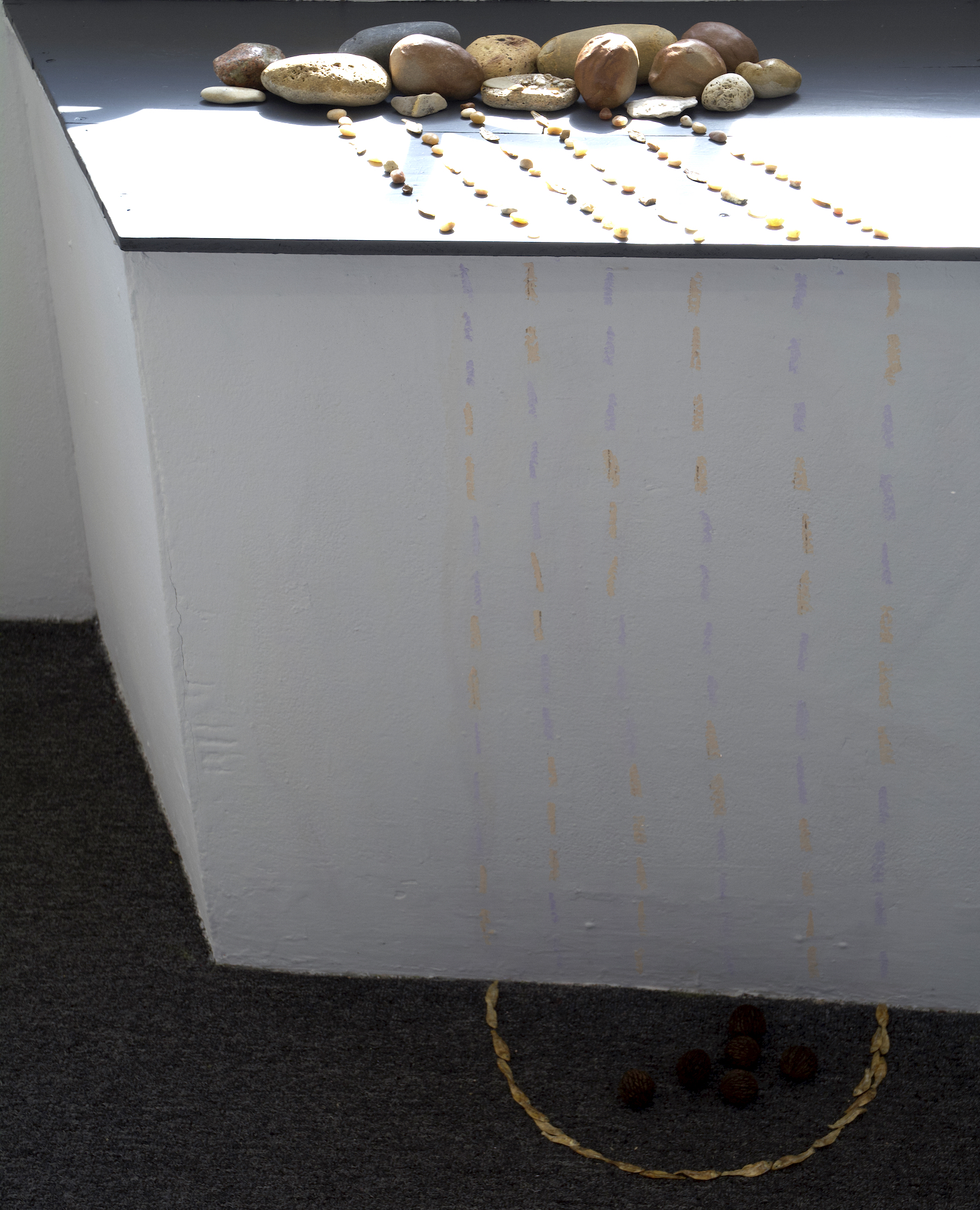
Rip rap (melted glacier / lost to the lake)
As temperatures and water levels rise, the lake bed erodes, the water moves more forcefully against land, erases the space between lake and land, and takes more bodies into its waves.
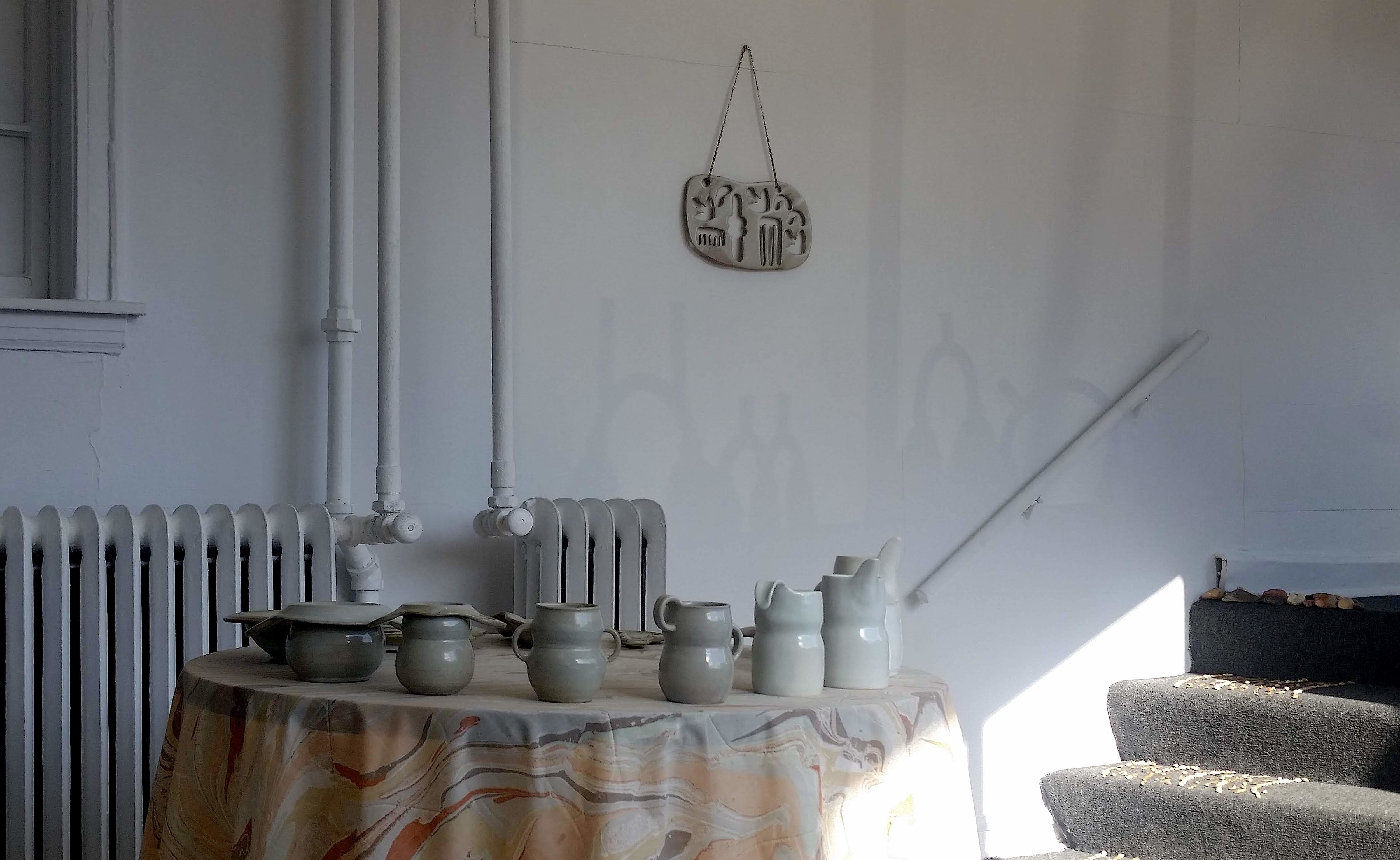

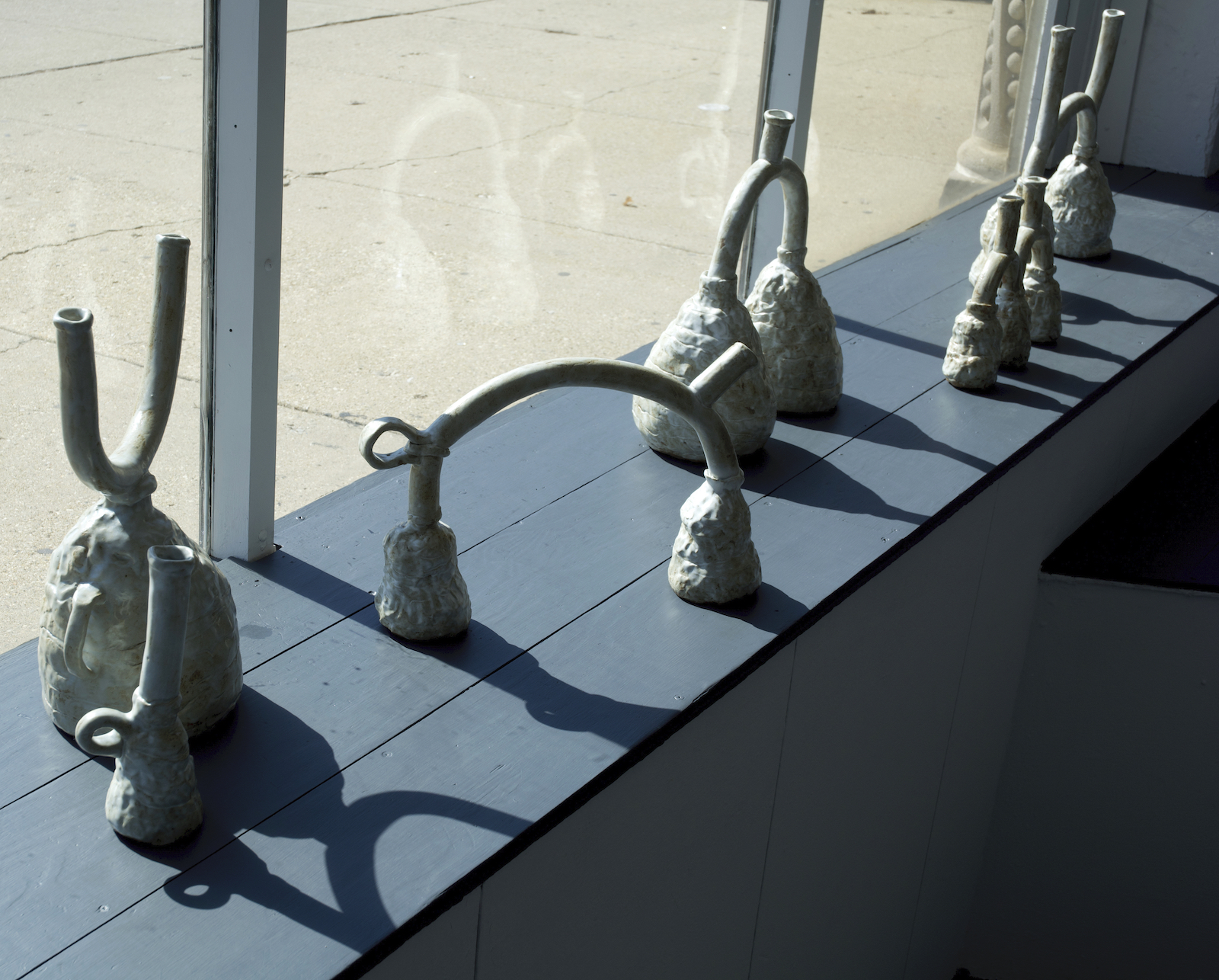
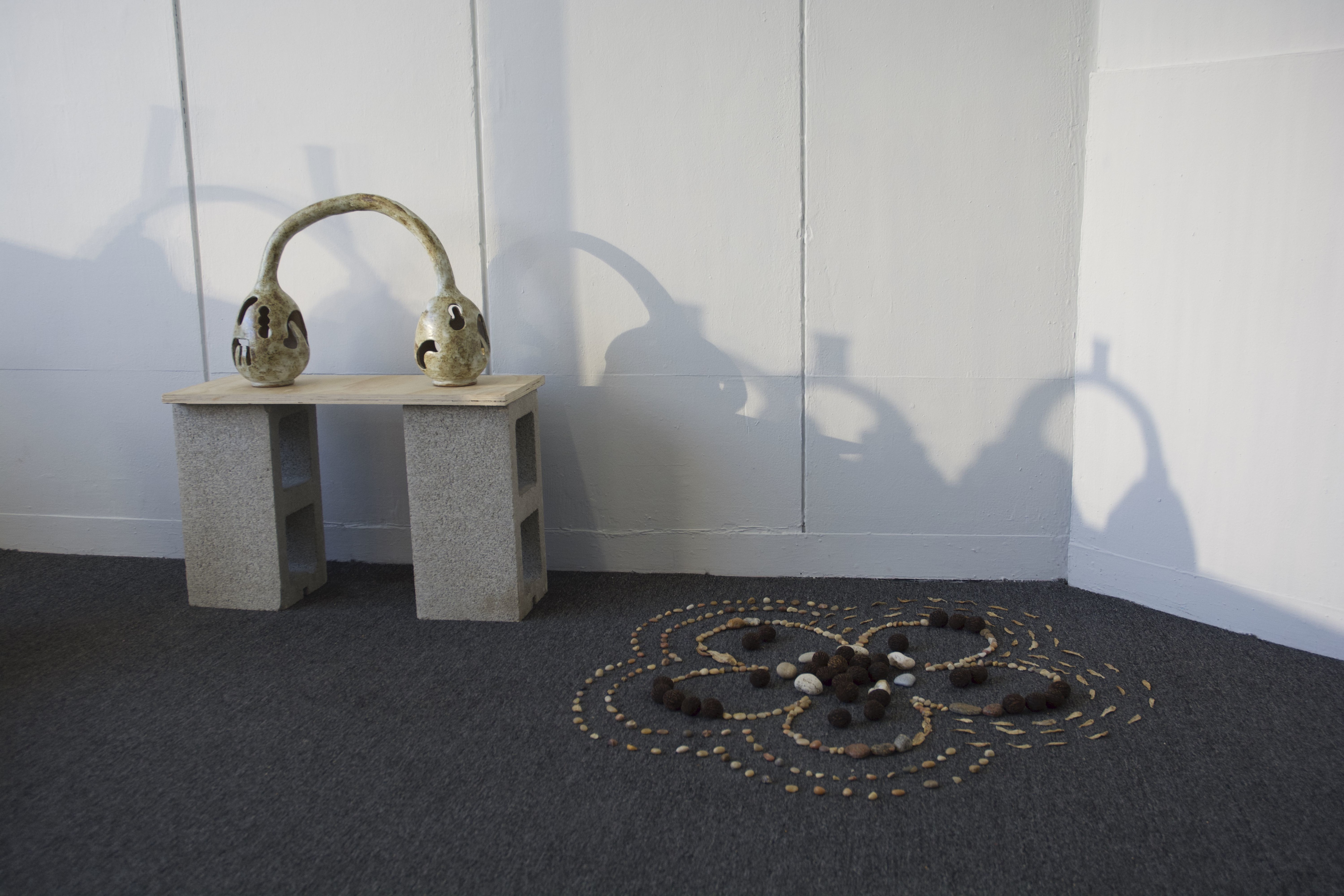

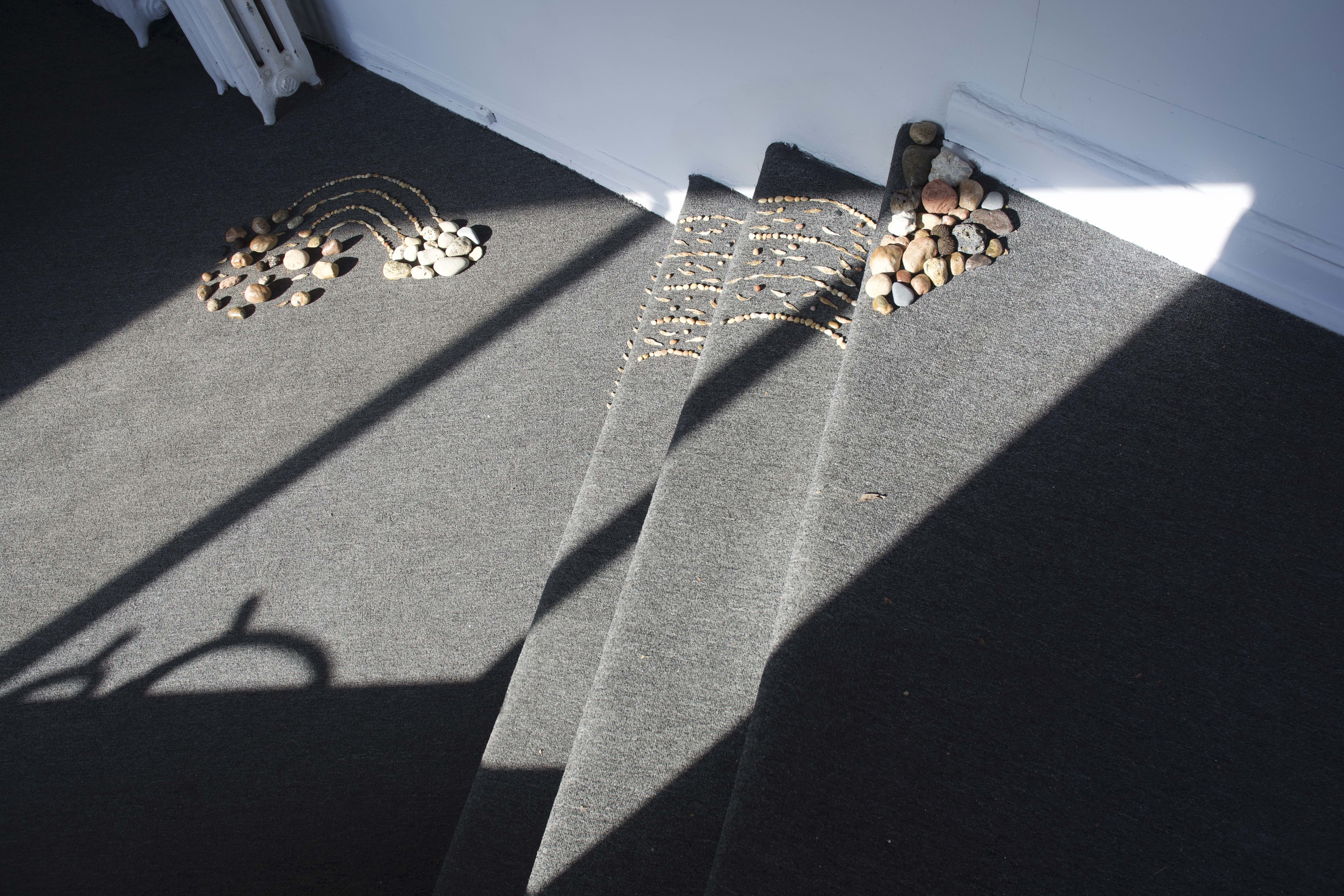

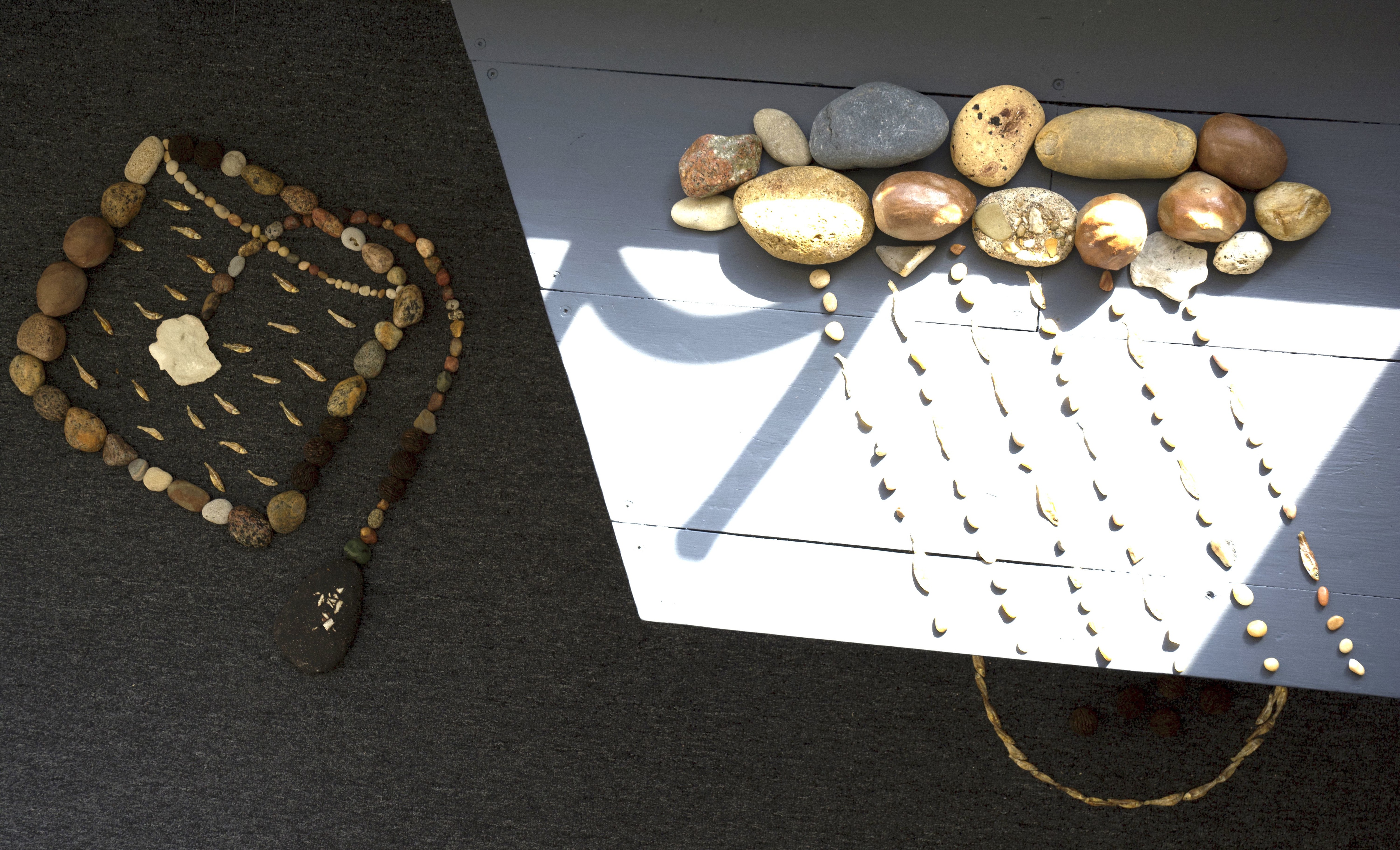

“We are contaminated by our encounters; they change who we are as we make way for others. As contamination changes world-making projects, mutual works—and new directions—may emerge. Everyone carries a history of contamination; purity is not an option. One value of keeping precarity in mind is that it makes us remember that changing with circumstances is the stuff of survival. . . . Staying alive—for every species—requires livable collaborations. Collaboration means working across difference, which leads to contamination. Without collaborations, we all die.”
—Anna Lowenhaupt Tsing
The Mushroom at the End of the World: On the possibility of life in capitalist ruins

Thank you
Gwyneth Zeleny Anderson, Fionnuala Cook, Lovebug and Oie, Ruby Thorkelson, Kristin and Nathan, Grace Tran, Alyssa Rook, Thomas Kong, Torie McMillan, Emma Deboncoeur, and all of the friends, lovers, and organisms that contaminate me and are a salve to alienation.
—Robin Hustle, February 2020

Robin Hustle is a community health nurse, writer, and ceramicist. A founding editor of collaborative publications The Land Line and The Skeleton News, Hustle has also published the zines Careful Material, Curdled Milk, FEELINGS, Leftovers Again?! and Mirror Tricks. She has written about foraging, sex work, emotional labor, health, gender, and nurturance. Hustle has been a part of exhibitions at The Back Room at Kim’s Corner Food, Gallery 400, Roots and Culture, and Woman Made Gallery.
Robin Hustle's Fenestrated Shape Exhibition Guide (PDF)
First image: Care vessels for common water, photo by Torie McMillan; second image: installation view of A floral directness; third image: installation view of Giving and receiving gradient (transition dishes) in collaboration with Gwyneth Zeleny Anderson; fourth image: installation view of Dual grotto gourd bottle; fifth image: detail view of For the organisms that are the composition of my body installation; sixth image: installation view of For Emma Deboncoeur (in the night forlorn); seventh image: installation view of Soft rock language; eighth image: installation view of Fertile monument; ninth image: installation view of Soft monument to the shell of the last prison; tenth image: installation view of For the organisms that are the composition of my body; eleventh image: installation view of Monument after borders; twelfth image: installation view of Rip rap (melted glacier / lost to the lake); slideshow images: various installation views at Roman Susan, 1224 W Loyola Ave, Chicago IL; second to final image: installation of Soft rock language and Monument after borders; final image: installation of Rip rap (melted glacier / lost to the lake), For the organisms that are the composition of my body, and Dual grotto gourd bottle.